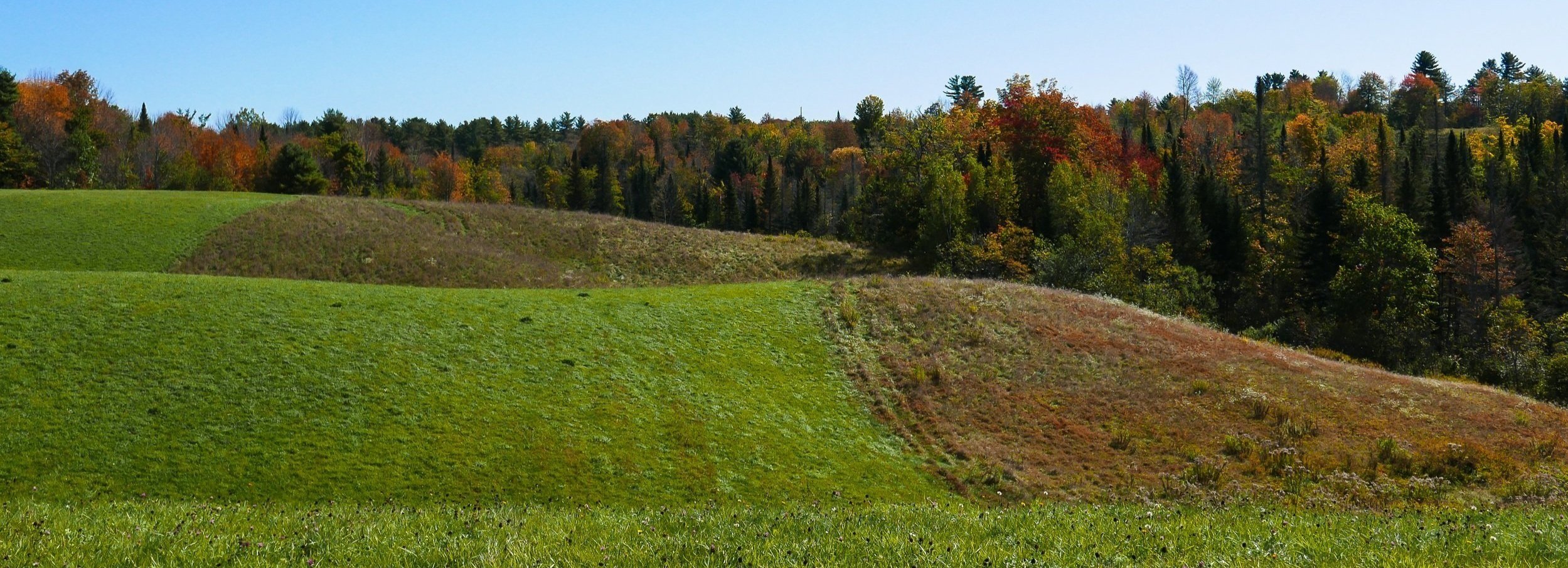← Back to Property List
North Acres Wildlife Conservation Area
North Acres Wildlife Conservation Area in winter
Photo: Norm Rodrigue
Location and Description:
Location: Manchester, ME
Property Description: The 132-acre North Acres Wildlife Conservation Area has been providing hay and pasture for many generations of farmers. The 40 acres of farm fields and surrounding woodlands are also valuable wildlife habitats for grassland birds, hawks, eagles, deer, turkey, fish and many other Maine wildlife species. Two streams on the property, Tanning Brook and Spring Brook merge to form Bond Brook, which supports some of the strongest brook trout populations in the capital area.
Directions and Public Access: From Route 202 in Manchester, turn north on Puddledock Road. Continue approximately two miles to Prescott Rd. and turn left. Continue 0.4 miles to Lyons Road and turn right and continue 0.4 miles to the gate on the Old Wade Road (known more recently as the Whit-Lee Road). Please park along the shoulder of Lyons Road. PLEASE DO NOT TURN AROUND IN THE NEIGHBOR’S DRIVEWAYS.
Usage and Trails
Stream Crossing and Trails: PLEASE note that the water levels at the Tanning Brook crossing can be very high in the spring or after rain. Crossing may not be possible during these times.
Hayfields: Trudie Lee and Deb Plengey have raised 800-1100 bales of hay per year on the North Acres fields. There are mowed paths through these fields that you are welcome to explore. Please stay on these paths to protect the birds nesting in the grassland.
Deb, Trudie, and KLT will also have opportunities to lease this valuable agricultural land to area farmers.
Public uses: The Conservation Area is open to the public from dawn to dusk for nature observation, hiking, snowshoeing, and hunting. No motorized vehicles are allowed. PLEASE DO NOT TURN AROUND IN THE NEIGHBOR’S DRIVEWAYS.
Dogs: For the protection of wildlife habitat and hikers, dogs should be under voice command or on a leash. Please pick up after your pets.
History
The natural environment you see around you—the wildlife, wetlands, waters, and woodlands—have long been valued by the Wabanaki, Maine’s indigenous peoples. Native Americans fished, foraged, and hunted in this region long before the first European farmers arrived in Manchester in 1775. Many of the natural resources found here, including brown ash trees (Fraxinus nigra) and brook trout, are of cultural significance to the Wabanaki. Today we recognize the Wabanaki people’s long stewardship of the lands that we call Maine and the ongoing and important role they have in shaping the future.
In the 19th century, the land now known as North Acres was owned and farmed by members of the Prescott, Knowles, Wadleigh, Brown, and Cram families. Early deeds and the 1879 map of Manchester indicate that the Ithial Knowles family lived on the “Old” Wade Road, where the foundations of the farmhouse are still visible. In 1880 Ithial and Betsy (dwelling #120 in the US Census) owned 150 acres, 3 horses, 4 milch cows, 4 oxen, 22 sheep, 7 pigs, and 20 hens. A 12-year-old “servant” resided with the family. The Knowles’s farm production in 1880 included 60 tons of hay, 80 bushels of barley, 15 bushels of Indian corn, 15 bushels of oats, 200 bushels of Irish potatoes, 6 bushels of peas and beans, and 300 pounds of butter On two acres they were growing 100 apple trees. That’s quite an impressive farmstead for the hilly land you see around you.
North Acres Wildlife Conservation Area fields
Photo: Norm Rodrigue


